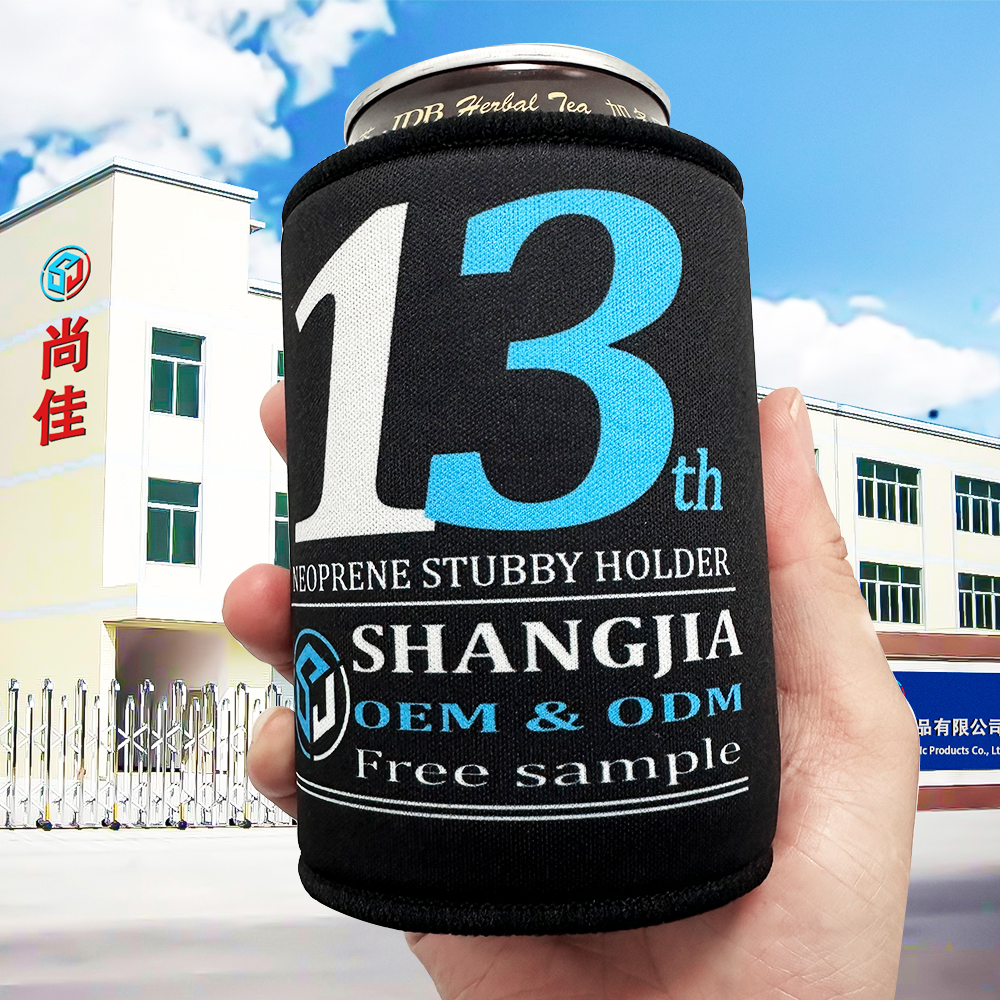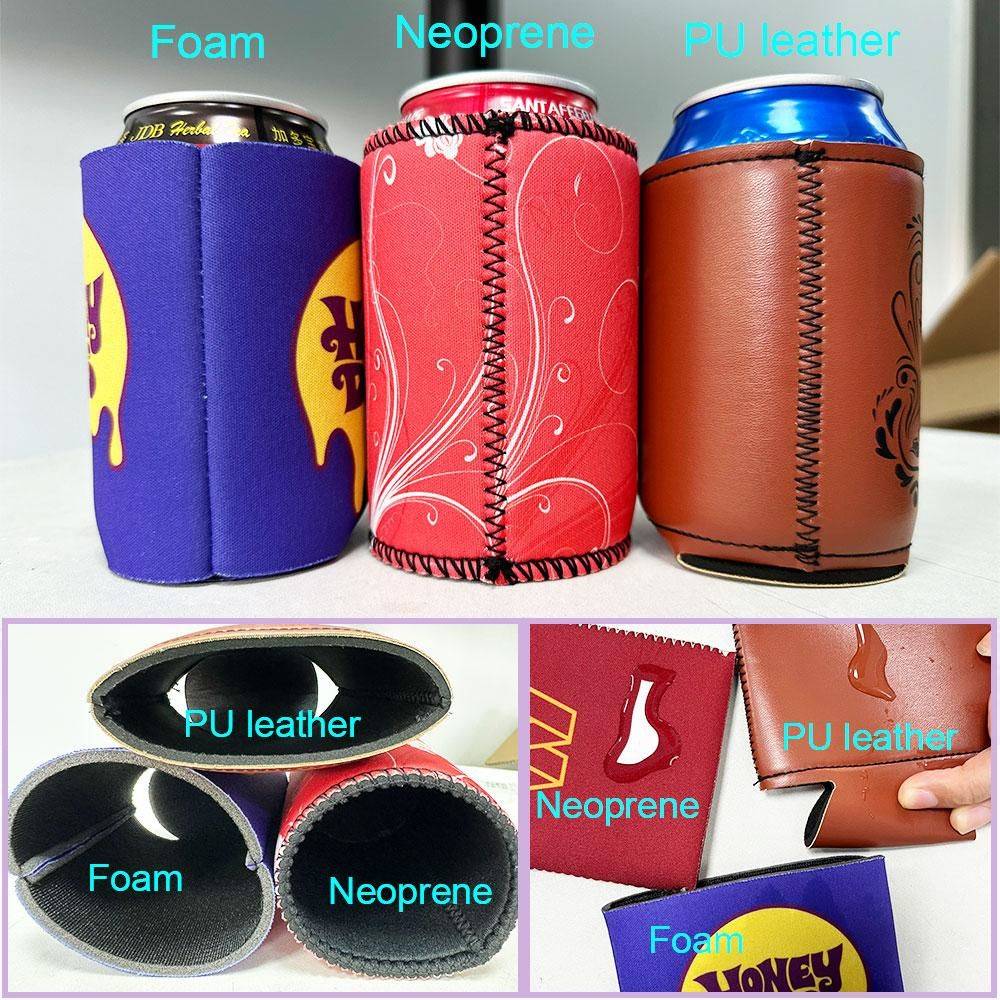When it comes to keeping drinks cool and refreshing, can coolers are a popular choice. They come in different materials and provide different levels of insulation. Two common materials for can coolers are foam and neoprene. While they may look similar at first glance, there are key differences between the two that are worth exploring.
First, let's take a deep dive into what foam and neoprene really are. Foam is a lightweight material consisting of small air cells in a solid or liquid matrix. Commonly used in insulation, packaging, cushioning materials. Neoprene, on the other hand, is a synthetic rubber known for its excellent insulating properties. It's often used in wetsuits, laptop sleeves, and of course, can coolers.
The main difference between foam and neoprene can coolers is their ability to insulate. Foam tank coolers generally have a lower insulation capacity than neoprene tank coolers. While foam can provide some degree of insulation, it may not keep drinks as cold as neoprene can coolers. Neoprene has excellent heat resistance and is specially designed to keep your drinks cool for a long time.
Another notable difference is the durability and longevity of the materials. Foam can coolers are generally less expensive and less durable than neoprene can coolers. Foam tears more easily and can become brittle or break down over time, especially with heavy use. Neoprene tank coolers, on the other hand, are known for their durability and resistance to wear and tear. They are designed to withstand repeated use and retain their insulating properties.

Comfort is another difference between foam and neoprene can coolers. Foam can coolers typically have a soft and cushioned feel that provides a comfortable grip. However, the foam will absorb moisture, which can make the can cooler feel damp after prolonged use. The neoprene can cooler has a rubber-like texture that provides a firmer grip and is less prone to moisture absorption. Additionally, neoprene can coolers often have stitched or glued seams, which add to their strength and prevent moisture from seeping in.



Finally, when it comes to customization and design options, neoprene can coolers lead the way. Neoprene is versatile, allowing for more intricate designs and printing options. From vibrant colors to intricate logos or graphics, neoprene can coolers offer endless customization possibilities. Foam can coolers, on the other hand, have limited design options and are often available in basic colors.
In summary, while both foam and neoprene can coolers can provide insulation for your drinks, neoprene can coolers offer superior performance. Neoprene offers excellent insulation, durability, moisture resistance, and a customizable design, making it ideal for keeping beverages cold for extended periods of time. So, if you are looking for a reliable and durable can cooler, consider investing in a neoprene can cooler. Cheers to keeping drinks cold!
Post time: Aug-02-2023



